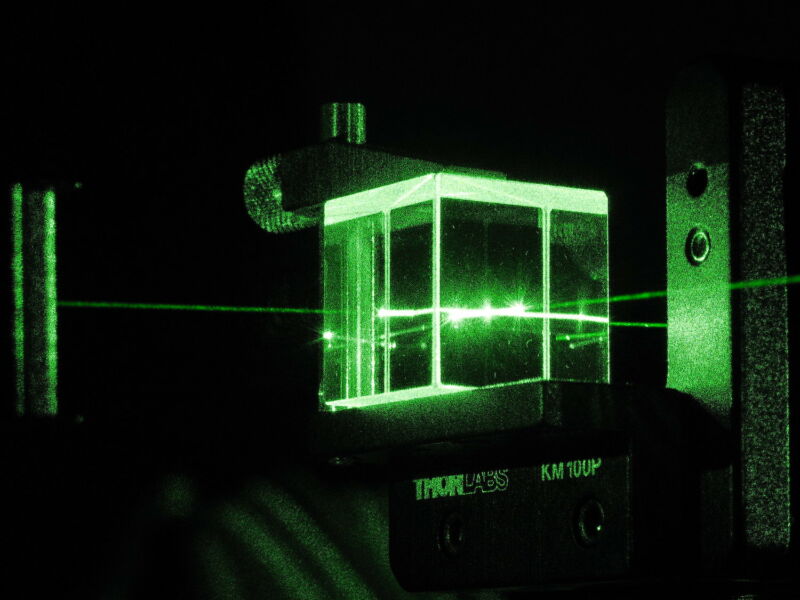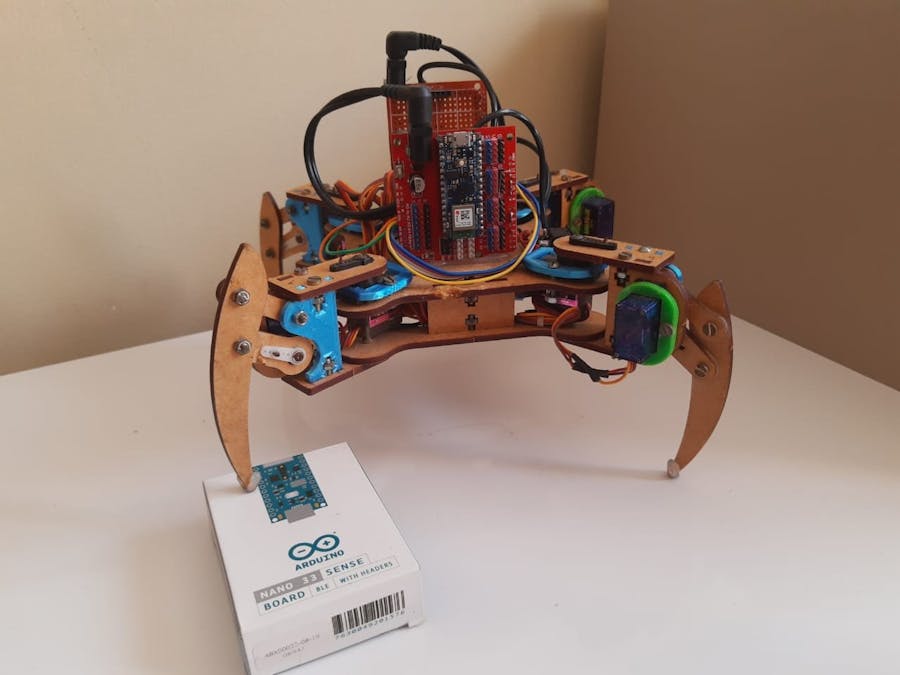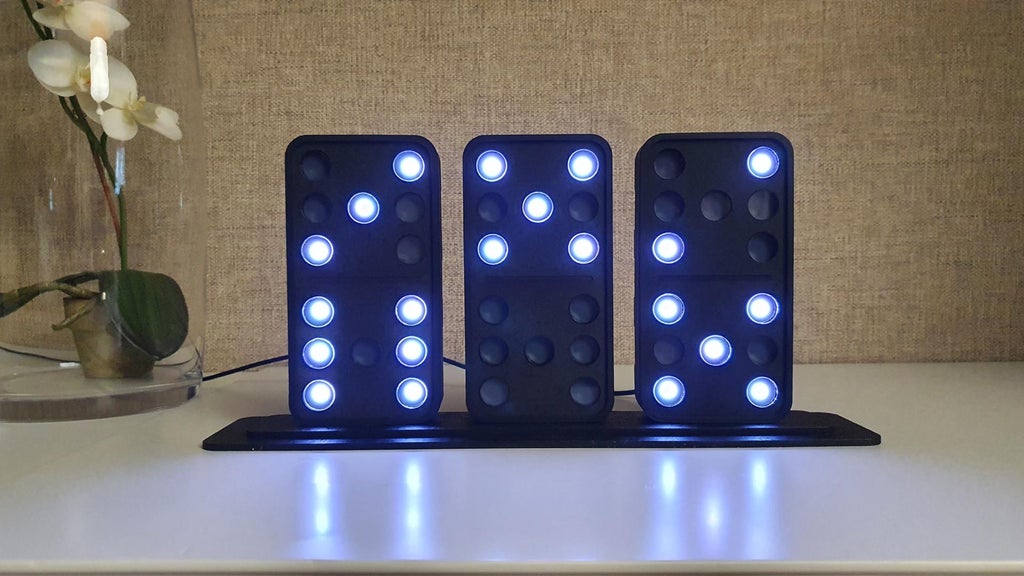Hi guys! in this video, I will show you how to make a simple moving, dancing, avoiding obstruction robot using arduino nano.
Parts / Materials
• Arduino nano
• Ultra sonic sensor
• Micro servo 9g
• Circuit board (PCB)
• Bolts/nuts
• Soldering iron/lead wire/cutter/glue/adhesive tape.
Electronics
ESP32 | MPU6050 | MahonyAHRS – Adding BLE module(ft. String vs Float)
This video will cover how to send a long float value over a BLE at a limited packet size.
[Project Github Link] https://github.com/0015/IdeasNProject…
Quantum device performs 2.6 billion years of computation in 4 minutes
Photons explore quantum maze faster than possible for any classical computer.
I am a great believer in solving problems with lasers. Are you suffering from a severely polarized society and a fast-growing population living below the poverty line? Well, I have the laser to solve all your problems.
OK, maybe not. But when it comes to quantum computing, I believe that lasers are the future. I suspect that the current architectures are akin to the Colossus or the ENIAC: they are breakthroughs in their own right, but they are not the future. My admittedly biased opinion is that the future is optical. A new paper provides my opinion some support, demonstrating solutions to a mind-boggling 1030 problem space using a quantum optical system. Unfortunately, the support is a little more limited than I’d like, as it is a rather limited breakthrough.

Simple External and Internal Weather Station using Arduino Nano, DHT22, 433Mhz
Today I would like to propose a simple project that requires easy skills. It’s a simple weather station, that measures, internal and external temperature. It’s made out of two components: an indoor receiver, and an outdoor transmitter. The transmission is managed at 433Mhz. The components and the electrical diagram for both devices, are showed in the video. The receiver is very easy to use. to toggle between the external and internal temperature, you need to press the button for more than 3 seconds.
Making a STAR WARS Table from Concrete & Epoxy Resin
This episode shows how to make a DIY Star Wars-inspired coffee table from concrete, wood, epoxy resin, and LED strips.
I combined Death Star style lighting with GFRC concrete, woodworking, and epoxy resin that is backlit with LEDs to make this Star Wars inspired coffee table. My goal was to design a DIY concrete and epoxy coffee table that every Star Wars fan would recognize as being inspired by Star Wars, but that non-Star Wars fans would just see as a cool table design.
DIY Color Changing Acrylic Nightlight using ATtiny85 Microcontroller and Arduino
In this video I create a color changing nightlight based on a famous symbol from one of my son’s favorite video games. Because space was tight, I decided to use an ATtiny microcontroller instead of an Arduino. These are very inexpensive and are a great way to shrinkify your Arduino projects. ATtiny come in multiple configurations (number of pins and amount of memory). One of the most popular is the ATtiny85 which only has 8 pins and is very small.
Quadruped with Arduino Nano 33 BLE Sense
How about a Spider who obeys the order to sit, dances when he sees a light and dodges obstacles? All of this was assembled with just one board, the Arduino Nano 33 BLE Sense.

Spying Robot Vacuums Really Suck
LidarPhone exploits the LiDAR sensor in robotic vacuums to eavesdrop on your private conversations.
Just when you thought you had all your bases covered for privacy, it turns out that even your seemingly innocent robot vacuum may be spying on you. And all this time you thought it was only collecting dirt from the floor.
A team in Singapore took advantage of the LiDAR sensor typically found onboard robotic vacuums for navigation purposes, and repurposed it to capture sound with an exploit that they call LidarPhone. Laser microphones, in which laser beams reflected off of vibrating objects are converted into audio, are not a new idea. However, laser microphones require sophisticated setups and fine-tuning that is not possible with a stock vacuum cleaner. Getting a vacuum to work as a laser microphone took some clever thinking.

This DIY domino clock tells the time using three LED-lit tiles
After coming across Carbon Design Group’s Domino Wall Clock, which uses electronic magnetic coil motors to reveal white dots, Instructables member “Kothe” decided to create a simplified version of their own.
The clock is comprised of three custom dominoes — the first tile for hours, the second and third for minutes. Unlike its inspiration, Kothe’s device uses addressable RGB LEDs as dots that allow for a variety of colors to shine through.

Switch Bouncing Effect and Debouncing Circuit
In this video, the switch bouncing effect is explained in details and the ways of coming over it using hardware and software solutions. Switch debouncing circuit is discussed and explained experimentally.
